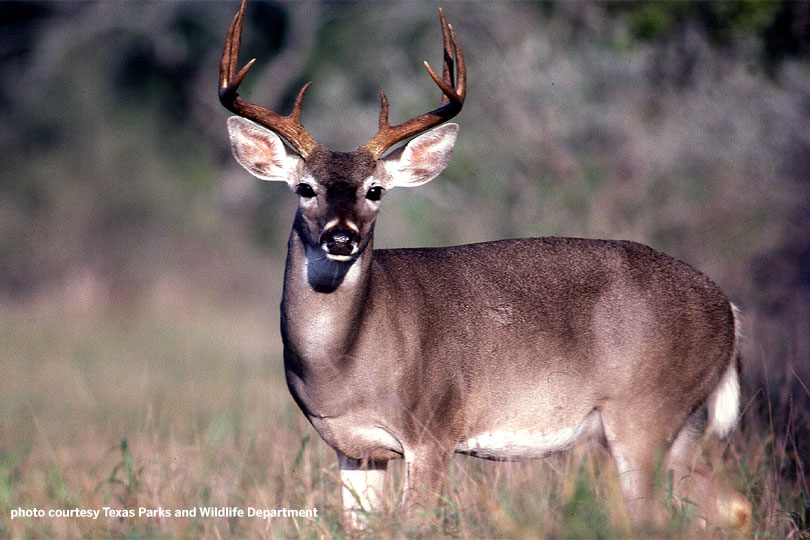By Jessica Domel
Multimedia Reporter
The Texas Animal Health Commission (TAHC) is accepting comments on several proposed changes to the voluntary Chronic Wasting Disease (CWD) Herd Certification Program to bring it back into compliance with the federal program.
The herd certification program provides a list of requirements for enrolled breeders of deer, elk and other CWD-susceptible species to reduce the risk of spreading CWD.
Enrollment, and a certified status, are required for cervid breeders to send CWD-susceptible animals to other states or to Mexico.
Dr. Andy Schwartz, state veterinarian and TAHC executive director, recently told the Texas House Agricultural and Livestock Committee that in September 2021, USDA notified TAHC they wanted to review the state’s plan after seven enrolled herds had CWD positive tests.
“The Animal Health Commission saw the report in March, and it basically was not favorable,” Schwartz said. “USDA found some shortcomings with the program. They pointed out that our rules and regulations did not exactly match the federal rules.”
According to Schwartz, USDA said TAHC staffing and training was not adequate to administer the program properly and that there were some issues with the compliance to the federal herd certification program requirements.
USDA recommended TAHC update the state regulations to be brought back into compliance.
“I would say that we have done that,” Schwartz said. “There was a set of regulation updates that were done in October of 2021. That was basically to require that samples be submitted within seven days of collection, and we redefined comingling.”
The second set of changes is out for public comment now.
One of the proposed amendments would change the amount of time a herd owner has to report to TAHC deer, or another CWD-susceptible animal, that has escaped or disappeared.
The current requirement is that a report be made within 72 hours. The amendment would change that requirement to immediate notification.
Herd owners would also be required to report free-ranging cervids that enter their facility to TAHC immediately.
Another proposed amendment would remove an existing exemption for lowering a deer herd to “first year” status if the animal(s) test results are “CWD not detected” postmortem within the first year after entering the herd.
“The rule change would remove an exception that if a deer breeder added a deer of lower status, and then later discovered that deer was lower status, and a postmortem test was negative, we would allow that herd to stay at the level that it was before,” Schwartz said. “USDA said that was not allowed. So in fact, if a deer of lower status was added, even if that deer was postmortem tested later, the herd has to drop down to the level of that deer.”
A third major point USDA said TAHC must address has to do with the physical inventory of animals in an enrolled herd.
“This rule would require that both forms of required identification be verified on a physical inventory, and that the physical inventory of that herd be done every three years,” Schwartz said. “That’s been a requirement of ours that the physical inventory be done every three years, but our approach had been to—when a herd is enrolled in the program—to verify all the IDs, have those IDs on record, and then at that complete herd inventory, we would visually verify at least one of those two IDs.”
At the time, a nationally-unique ID was needed along with an ID unique to the herd.
“USDA said that was not adequate, and that both IDs need to be verified,” Schwartz said. “That’s an issue for a number of these breeders because they may not put hands on the deer, and if they use a tattoo, for example, as the second ID, there’s really no way to read that anywhere other than handling the deer either anesthetized or in some sort of restrain apparatus.”
Another amendment would clarify that a complete physical herd inventory is required for all operations enrolled in the voluntary CWD Herd Certification Plan during initial inspection and subsequent physical herd inspections or when there is a discrepancy during inspections.
TAHC also proposed changes to definitions in the voluntary CWD Herd Certification Plan.
The public can comment on the proposed changes through July 17.
Comments on the proposed rules must be submitted in writing to Amanda Bernhard, Texas Animal Health Commission, 2105 Kramer Lane, Austin, Texas 78758, by fax at (512)-719-0719 or by email to comments@tahc.texas.gov.
Complete details on the rule proposals are available here.

